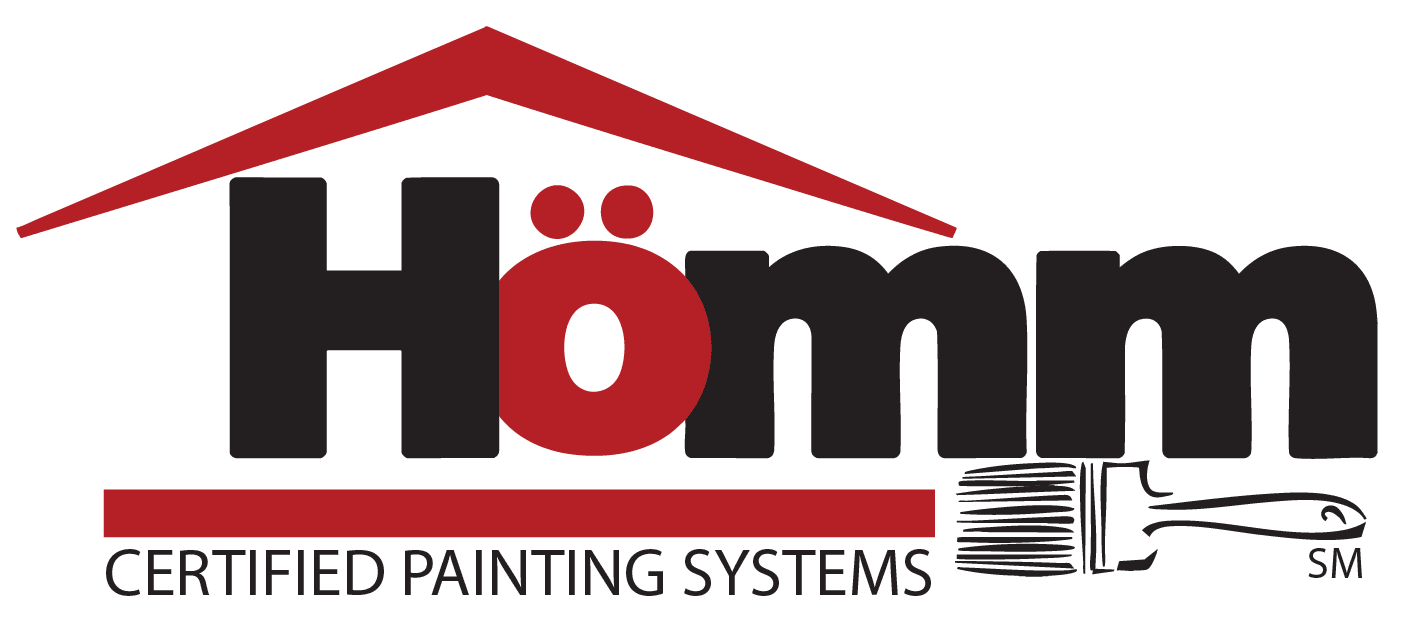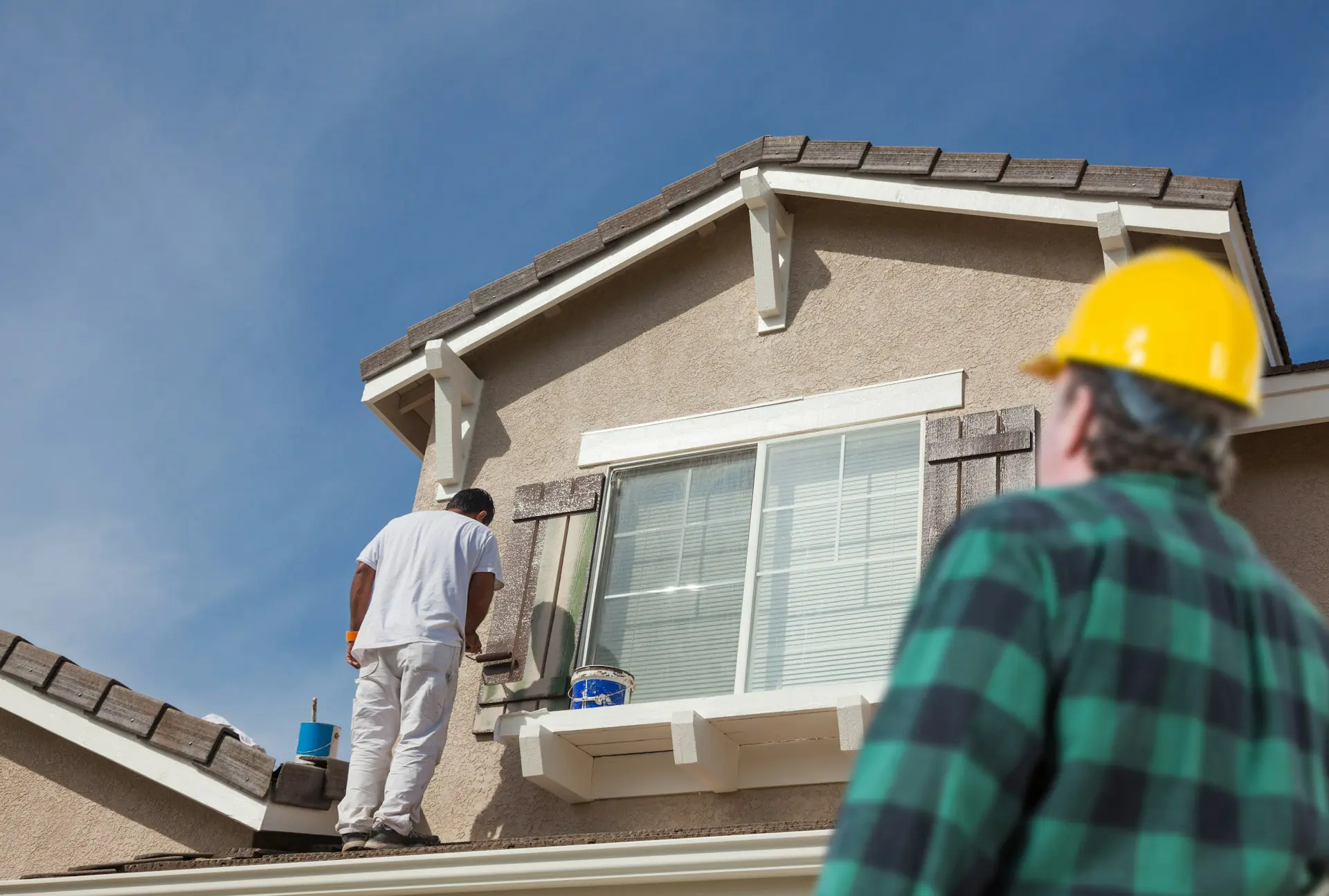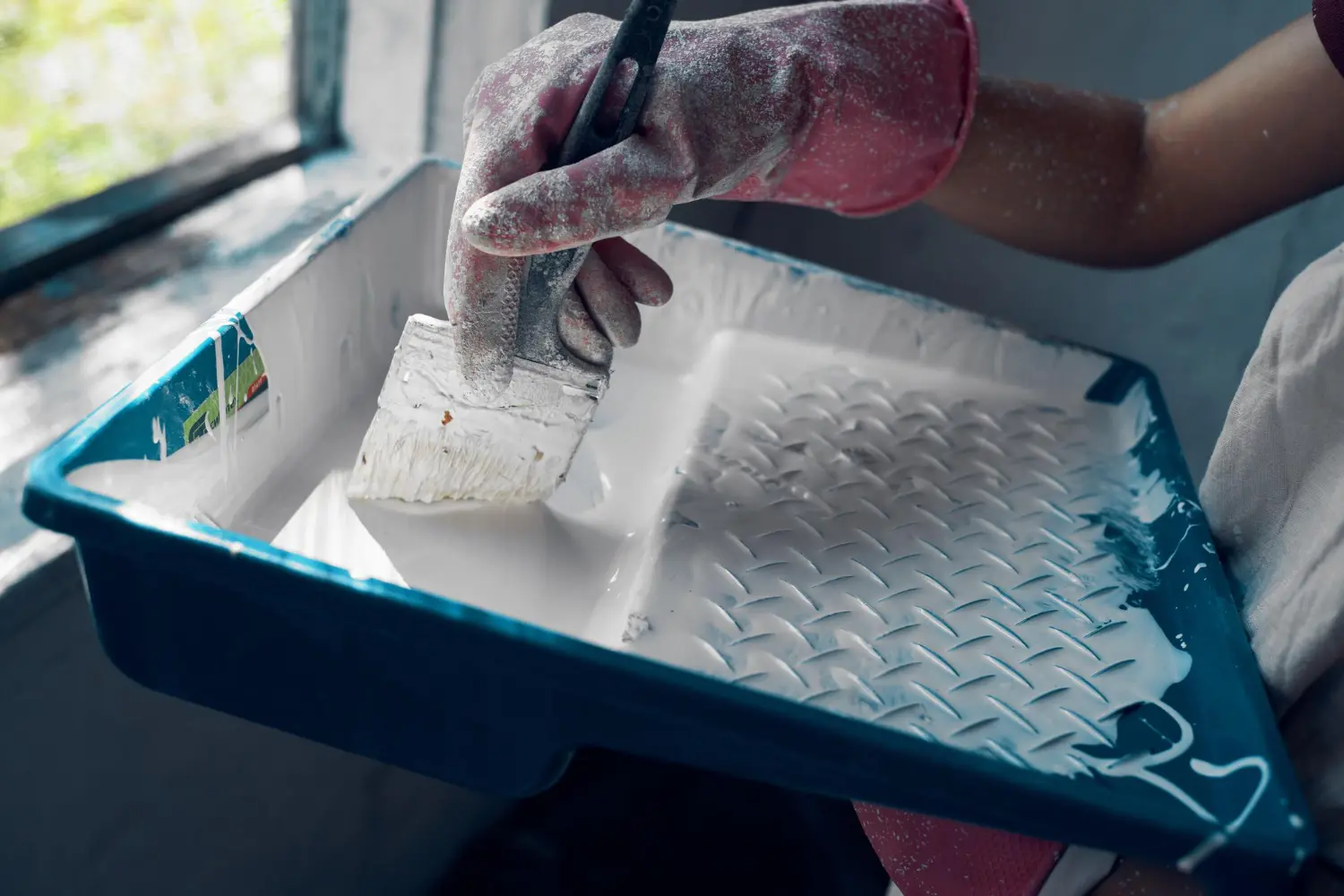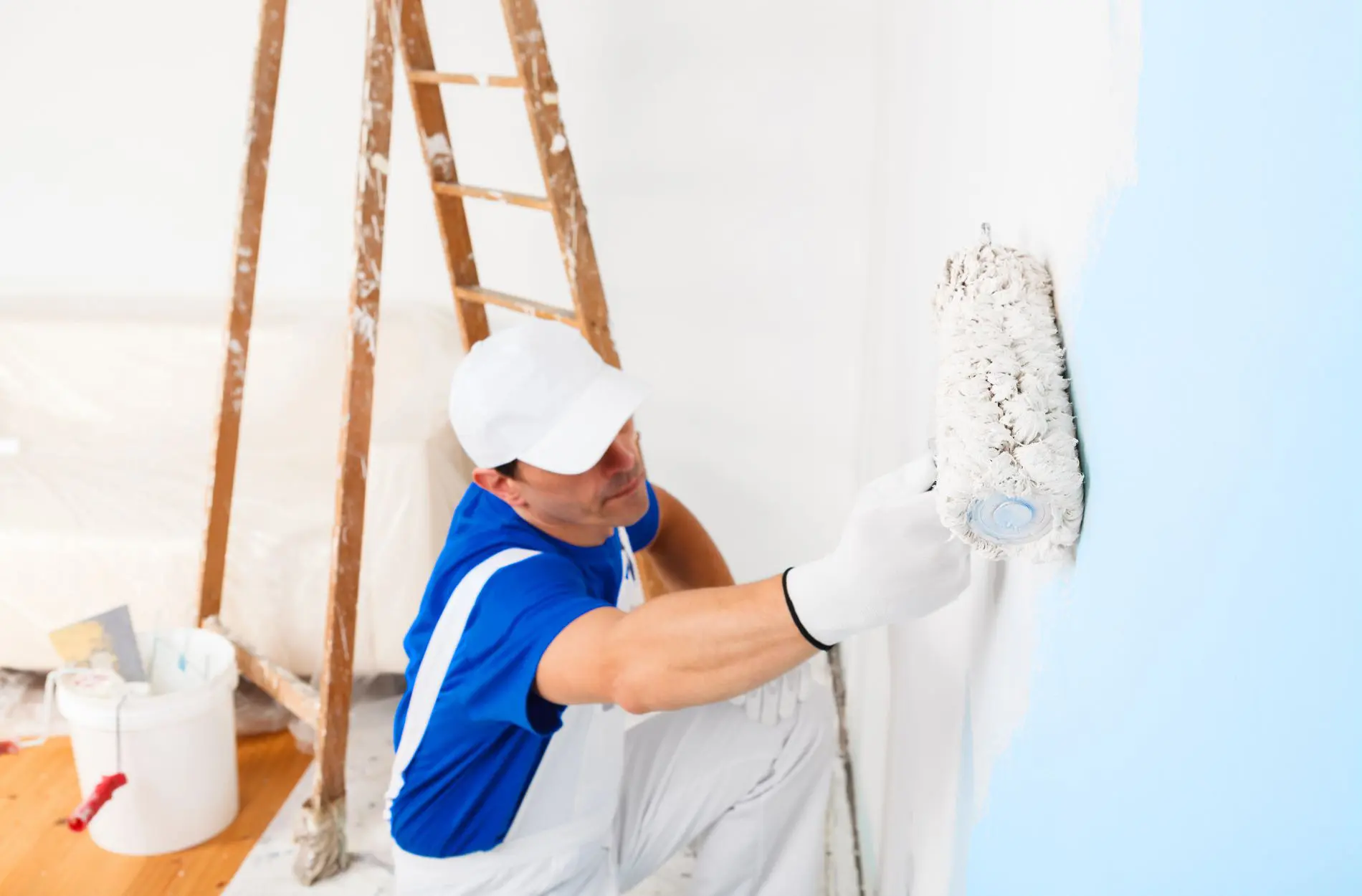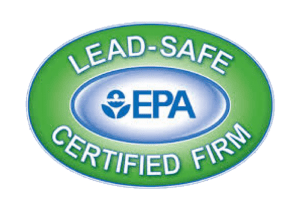Paint Adhesion Problems in High-Humidity Areas of Washington DC
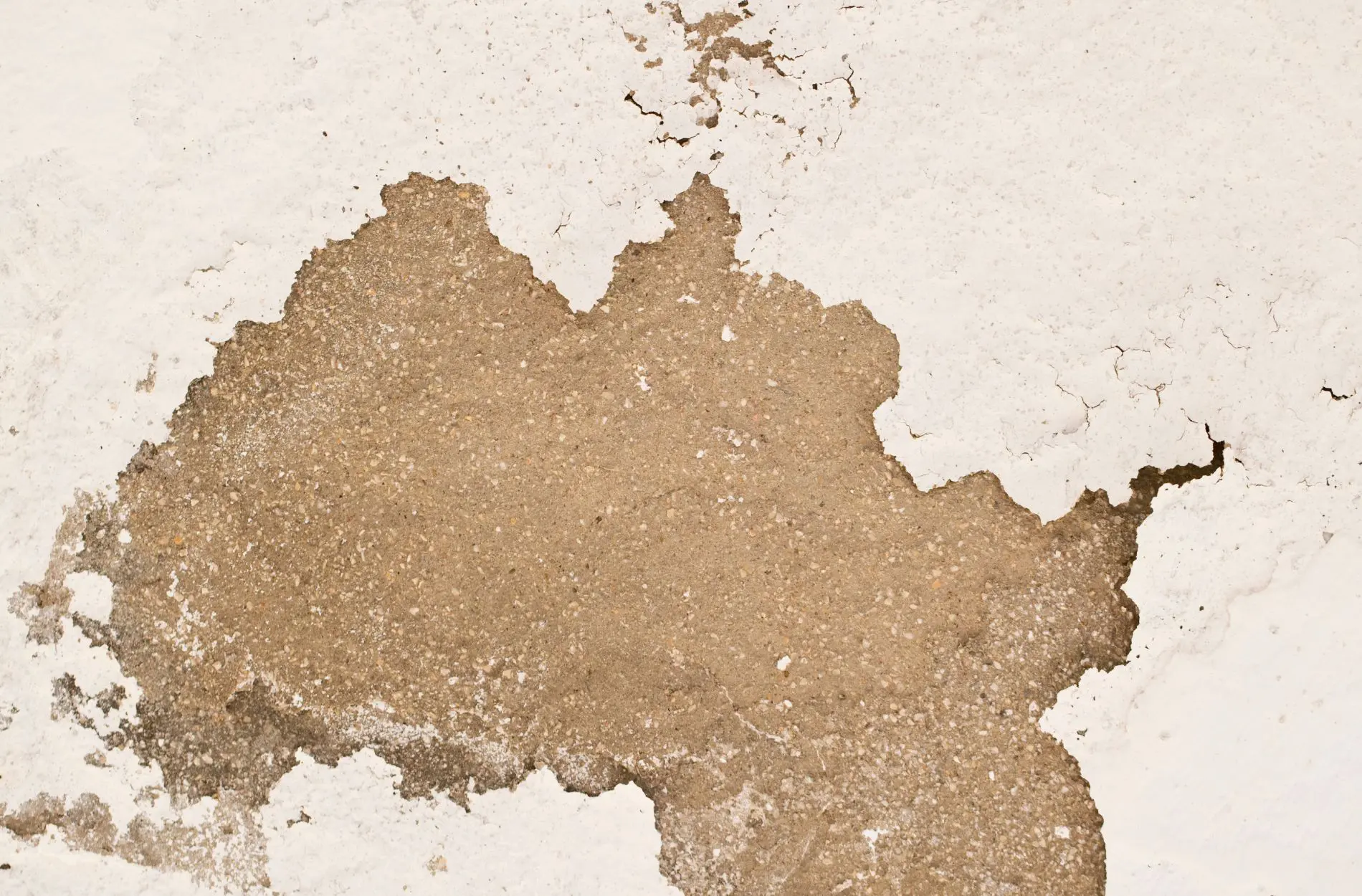
During the summer months in Washington DC, heavy humidity can do more than frizz your hair and fog your windows. It can also wreak havoc on your home’s paint. Whether you’re dealing with peeling patches on the exterior or bubbling spots on your interior walls, paint adhesion problems are a frustrating issue that often traces back to moisture in the air. If you live in a historic brick rowhouse or a newer apartment in a high-rise, that moisture can be a silent saboteur, especially if paint was applied without the right prep or materials.
Humidity levels tend to stay high throughout the summer in Washington DC, and this isn’t just uncomfortable—it creates challenges for painted surfaces, especially those exposed to poor ventilation or direct moisture. Understanding how humidity affects your paint’s performance is the first step in avoiding future damage, preserving your home’s appearance, and saving on repair costs.
Understanding Paint Adhesion In High-Humidity Areas
Paint adhesion refers to how well the paint bonds to the surface it’s applied to. That bond is what helps the paint last, resist wear, and look good over time. When adhesion fails, paint can peel, bubble, or flake off, taking all your effort and money with it. In dry, controlled conditions, paint usually performs well. But when high humidity enters the picture, it becomes a whole different story.
Moisture doesn’t just sit on the surface. It can seep into walls, ceilings, and trim. If that surface is painted while still damp or in a humid environment, the water interferes with how the paint cures. Instead of drying evenly and bonding properly, the paint may trap moisture between itself and the surface. That’s where problems begin. And in a place like Washington DC, where summer humidity is part of the daily weather forecast, it only takes a small mistake with timing or materials to set the stage for bigger issues.
Another factor is the type of surface being painted. Porous materials like drywall, untreated wood, or masonry tend to absorb moisture more easily and release it slowly. This keeps the surface damp longer and increases the risk of poor adhesion. If a surface looks dry but feels slightly cool or soft to the touch, it’s probably still holding moisture—a sign that it’s too early to paint.
Common Paint Adhesion Problems In Humid Conditions
High humidity can lead to a handful of noticeable paint issues. These might not appear immediately after the job is done, but over time, they can become hard to ignore. If you’ve ever noticed one of these signs, chances are you’ve run into a paint adhesion problem caused by moisture:
- Blistering and Bubbling: Tiny or large bubbles under the paint surface usually mean that moisture got trapped underneath while the paint was still drying. As the water vapor attempts to escape, it pushes the paint outward, forming blisters.
- Peeling or Flaking Paint: This happens when the paint loses its grip on the surface altogether. You might see pieces falling off or curled edges where the bond has completely failed. Poor adhesion combined with long-term moisture exposure often ends this way.
- Mold and Mildew Growth: While not always a direct sign of adhesion issues, mold or mildew underneath or behind paint is a big red flag. It reveals that moisture is present and sticking around long enough to encourage organic growth. Over time, that can damage both the paint and the surface beneath it.
Each of these problems might start small, but the underlying issue of poor adhesion can quickly grow. Once paint starts to fail like this, it doesn’t just look bad. It creates a domino effect that may require scraping, sanding, priming again, and repainting entire sections of your home. That’s why it’s so important to understand what causes these issues and take the right steps before and during any painting project, especially in a high-humidity environment like Washington DC.
Preventative Measures To Ensure Proper Paint Adhesion
In a city like Washington DC, where summer air often feels thick and sticky, the best way to avoid adhesion problems is to take precautions before paint ever touches the wall. That starts with proper surface prep. You can’t just wipe a wall and go. It’s important to allow enough time for drying, especially after cleaning or after a humid spell. Even slightly damp surfaces will repel paint like water off waxed paper.
Beyond drying, proper prep includes these key steps:
- Scrape and sand old or flaking paint to create a solid base for new coats
- Clean surfaces thoroughly to remove dust, oils, and residues. Soap and water aren’t always enough. Sometimes a stronger solution or mildewcide is needed
- Use moisture meters if you’re unsure whether a surface is fully dry, especially for exterior walls or damp-prone interiors like basements
Next comes product selection. In damp climates, not every paint will do the job. Using a primer made for moisture resistance helps lock in the surface and block humidity from breaking through the bond. The paint itself should suit the surface. Some are made for exteriors, some for high-traffic interiors, and others for finish and durability.
Lastly, pay attention to the environment. Painting when humidity is high may be unavoidable in summer, but you can lessen the risk by working at the driest point of the day, when dew has evaporated and before humidity builds up again by nightfall. Inside, use dehumidifiers or air conditioning to remove moisture from the air during and after painting. These small changes often mean the difference between a smooth, long-lasting finish and a peeling nightmare.
How A Professional House Painter In Washington DC Makes A Difference
Hiring a professional isn’t just about convenience. It’s about knowledge and timing. A house painter in Washington DC with experience working through muggy summers knows what to look for. They’ve seen the impact of missed prep, wrong materials, or rushed schedules and they know how to prevent it.
Local painters understand the quirks of the city and its older homes. Brick and plaster walls, for example, absorb and hold humidity differently than drywall or treated lumber. A good painter knows which primers work best on these surfaces and how long to wait between coats when moisture levels are high. They also plan jobs around the local summer weather patterns, paying close attention to air movement, shade, and interior airflow.
Here’s what working with an experienced house painter in Washington DC typically means:
- Using products designed for humid climates and compatible with the surface being painted
- Creating painting schedules that allow enough dry time even if the weather throws a few curveballs
- Spot-checking surfaces for hidden moisture that might not be visible to the naked eye
- Employing proper ventilation methods indoors to reduce trapped humidity during and after painting
Whether it’s renovating a Georgetown brownstone or freshening up a modern condo, local experience matters. A professional who’s familiar with the area’s seasonal challenges is better equipped to give you a paint job that holds up and looks good over time.
Make Your Paint Work Harder Against Humidity
Living in Washington DC means dealing with heat and moisture, especially through July and August. But that doesn’t mean your paint has to suffer. Knowing how humidity affects adhesion and what signs to watch for can go a long way. If you’re seeing bubbles or peeling or trying to prevent it, timing and strategy can make all the difference.
The good news is there’s a fix. With the right prep, materials, and help from a knowledgeable painter, you can skip the frustration and get results that last. Washington DC weather may not be easy on paint, but it doesn’t have to ruin your walls either. Whether inside or out, your home deserves to look good and stay that way, even when the air outside feels like soup.
When it comes to maintaining the beauty and longevity of your home’s paint job in Washington DC, trusting experts makes all the difference. At Hömm Certified Painting Systems, our house painter in Washington DC understands the unique challenges of our local climate. Let us handle the preparation and painting to ensure a finish that lasts, rain or shine. Reach out to learn more about how we can make your home look its best.
